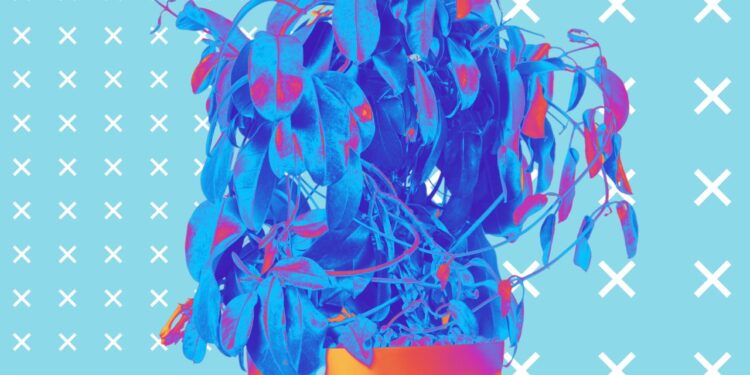- Plants can reap multiple benefits, from improving air quality to helping lower background noise and creating a sense of wellbeing in any given environment.
- Although choosing an indoor plant for any office or home might seem like an easy task, some research must be done before picking them out.
- Some plants can be toxic to both humans and animals, resulting in allergies, skin reactions, and other more severe side effects.
It’s hard to turn a blind eye to the current frenzy of bringing plants into your office or home.
They’re everywhere nowadays!
And for good reason. Plants clean and purify the air we breathe and they also serve as inexpensive and attractive decor. One might think that all plants are a good fit for any office or home, but the truth is that many of them shouldn’t be on your list of plants to buy.
Here’s a quick recap of the many benefits plants offer:
- They can help reduce stress
- They can help boost productivity (you can read more about that here)
- They can help manage unwanted noise levels at work
- They improve air quality
- They re-connect us with nature, which has its own array of benefits in and out of itself
- They brighten and bring back life to indoor environments;.
But not all plants are created equal; and not all of them are a good addition to the built environment. Some plants are known for triggering skin rashes, pest problems, allergy issues, and being highly toxic to humans and animals alike.
Suggested Reading: “The 7 Best Low-Maintenance Plants For The Workplace”
Below you will find a list of the most common indoor plants that are bought for offices and homes, and the negative toll they can have on you, your coworkers, your family and even your pets – if you have any, of course.
Full disclaimer: some of the negative consequences of these plants can be overseen and might not really affect you or others around you, but when choosing the best plant for your indoor space, it’s important to keep others in mind.
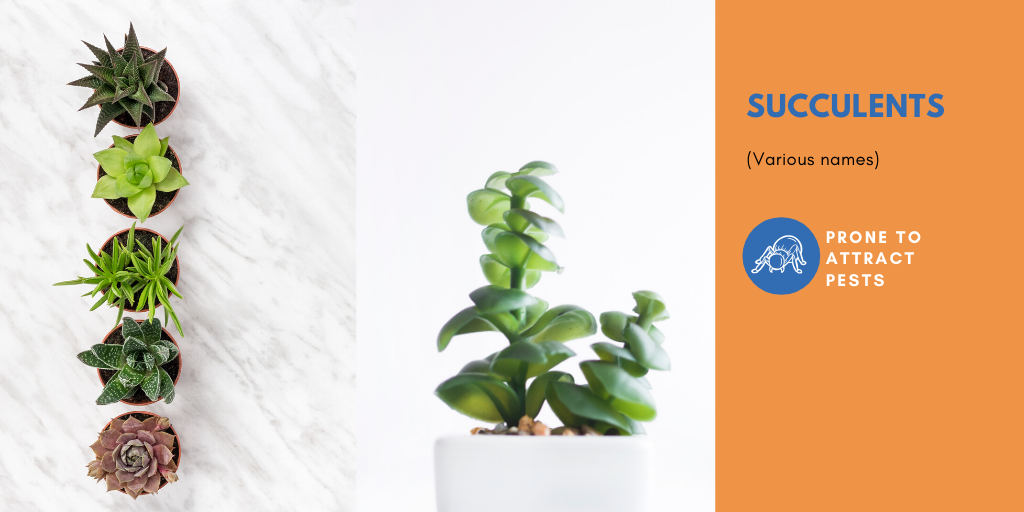
1. Succulents
Key Issues: Pests
Succulents have become very popular in the last few years, as they are small and easy to place anywhere, aside from being inexpensive and downright appealing to the eye. You may want to stock up on a couple of these to bring back to your office or home, but before you do, be sure that these are not infected with mealybugs, unarmored scale insects found in moist, warm habitats. If you miss them, they will eventually become a (real) problem, because they easily spread to other neighboring plants and are very (very) hard to get rid of.
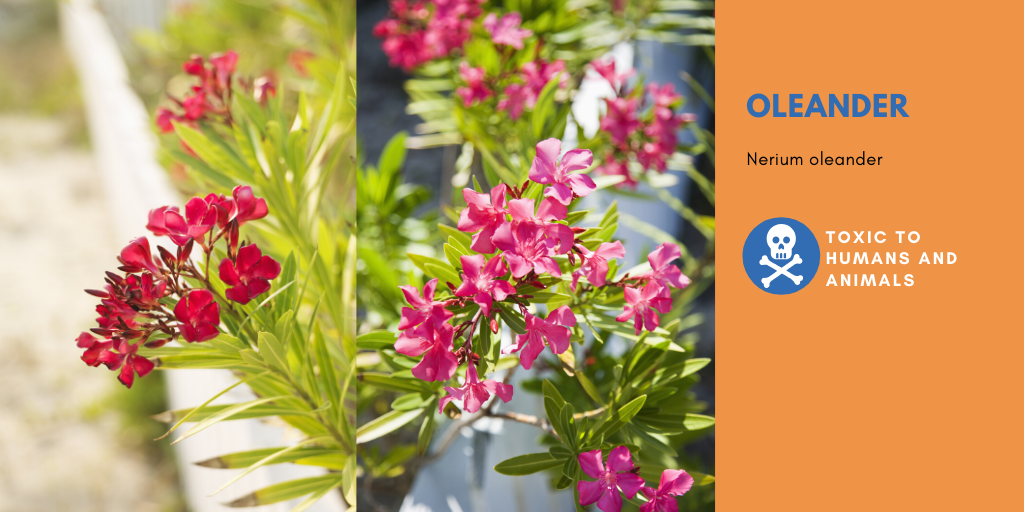
2. Oleander Nerium oleander
Key Issues: Toxic to humans and animals
Oleander (or Nerium) is a shrub-like plant that provides beautiful pink flowers that are hard to miss. But mind you not, these flowers come at a high price, and not monetarily speaking. According to the US Library Of Medicine, oleander is highly toxic to both humans and animals alike, causing severe vomiting, lightheadedness, and even heart block. Some have even died from ingesting the plant. So if you find yourself enjoying the plant’s beautiful flowers, be sure to keep at arm’s length.
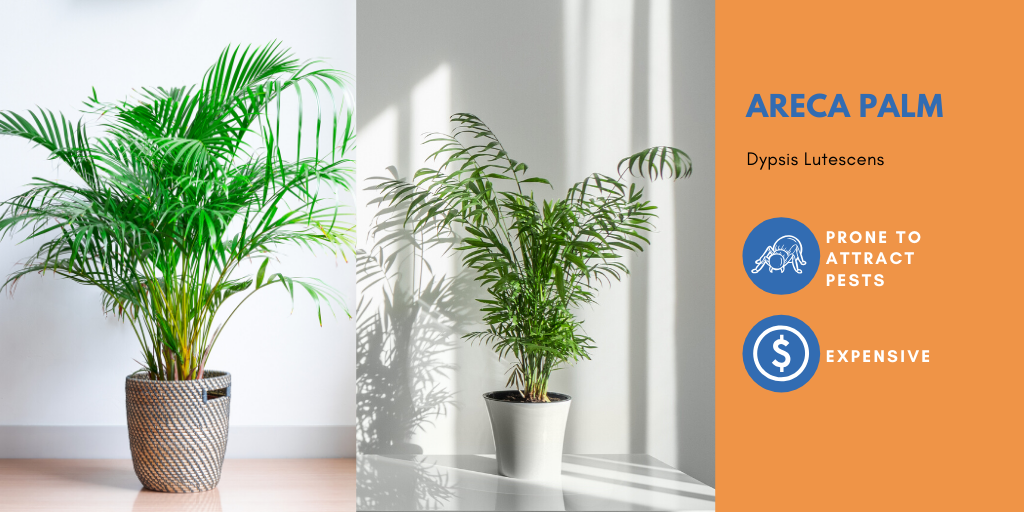
3. Areca Palms Dypsis lutescens
Key Issues: Pests, Expensive
Also known as golden cane palm, yellow palm, or butterfly palm; areca palms are very popular to those seeking a larger-than-usual plant. These will brighten any space and give it the tropical vibe from where they’re native to: Madagascar. Nevertheless, if you’re on a budget, these might not be as appealing to you, as they usually come at a high price. Another thing you should consider is that they make for a great home to spider mites: 8 legged arachnids that stunt plant growth and eat away at their leaves. To know if your plant has these tiny arachnids, be on the lookout for bitten leaves or webbing.
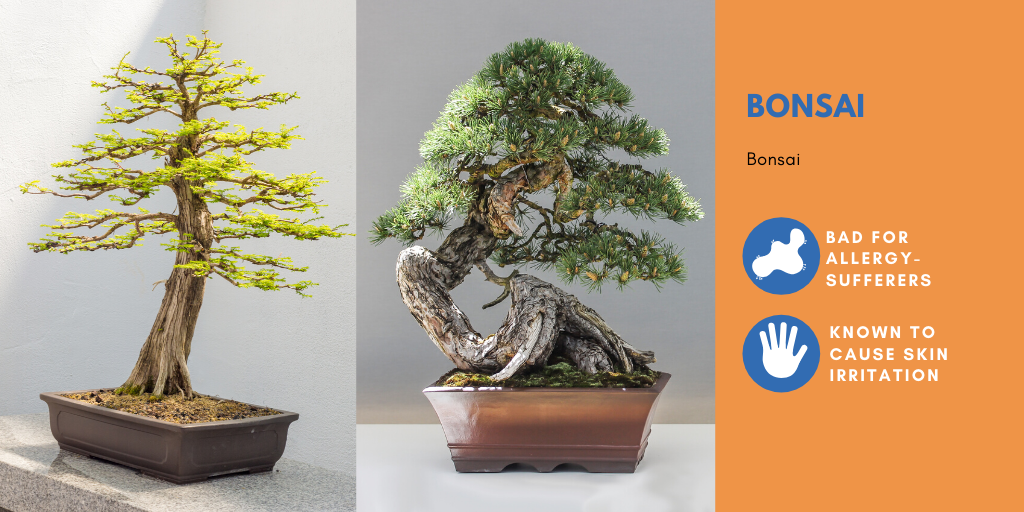
4. Bonsai
Key Issues: Allergies, Skin reactions
Let’s be honest, we’ve all wanted a Bonsai in our lives at some point. Especially those of us who love trees but can’t have a real sized one indoors. Just be aware that Bonsai can really irritate those with tree allergies and can even leave a nasty rash on some skin types when coming in contact with it. Be sure to use gloves when watering or pruning it.

5. Daisies, Chamomile, Chrysanthemums, and Sunflowers
Key Issues: Allergies
“They’re so beautiful!” Yes, we know, however…while they’re typically found in outdoor gardens, many of us have eventually brought them indoors. Although they serve as a trendy and classy home or office decor, keep in mind that all of these flowers spread high quantities of pollen and are known to be the most common cause of seasonal allergies. Beauty over sneezing? You decide.
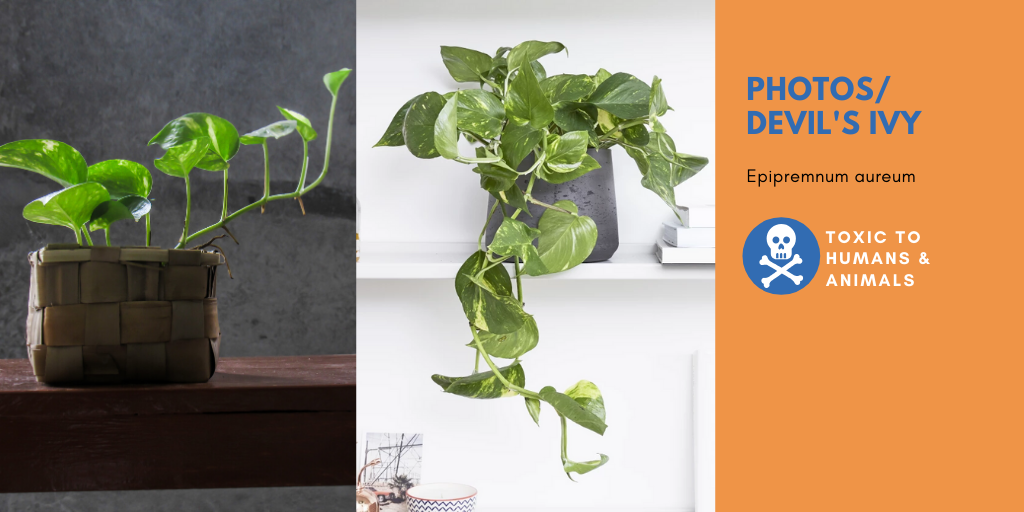
6. Pothos/Devil’s Ivy Epipremnum aureum
Key Issues: Toxic to humans and animals
It’s hard to not have stumbled upon one of these at some point. They are one of the most popular indoor plants and have proven to be one of the best at purifying the air we breathe as well. Unfortunately, it has to come with its disadvantages: the plant is somewhat toxic, especially to pets. If you accidentally ingest it (why would you?), it can cause irritation, swelling, vomiting and diarrhea. For pets, it can be much worse:. choking, swelling, difficulty breathing, and even renal failure or death, according to the ASPCA.
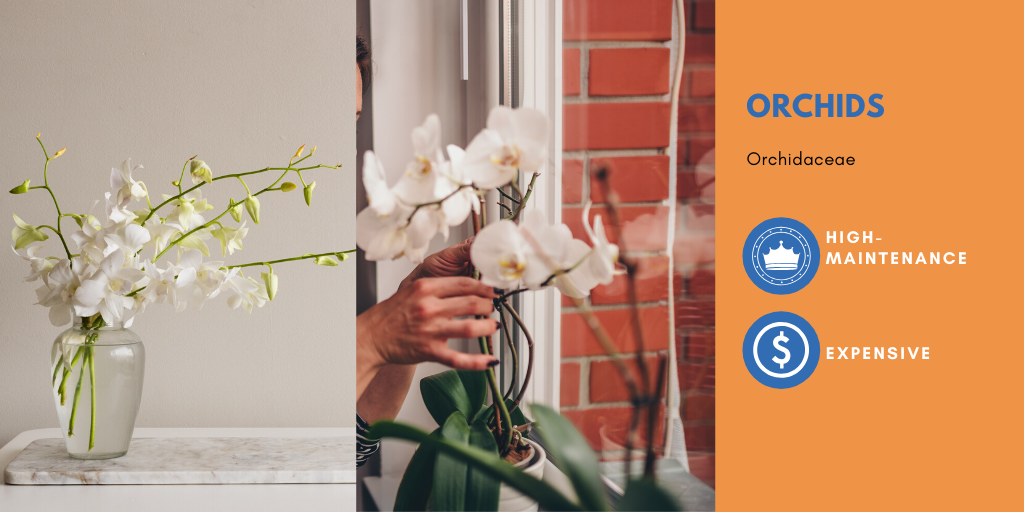
7. Orchids Orchidaceae
Key Issues: High maintenance, Expensive
Their beauty is really undeniable. So is their upkeep, to be honest. Not only will you be spending big bucks for an Orchid, but they are truly hard to keep alive. Only the greenest of thumbs can keep them blooming. Their high maintenance includes indirect sunlight (they’re very picky about this), and an uncertain watering schedule.

8. Dumb canes Dieffenbachia
Key Issues: Toxic to animals
Its name might suggest otherwise, but these plants are smart in the way of showing up everywhere — and by that we mean that they’re very easy to acquire. Although it’s a common indoor plant, it is not a good fit if you have pets. These plants contain calcium oxalate which, if ingested by cats or dogs, can cause severe burning and swelling of the mouth or even death according to Pet Poison Hotline.
9. Croton Plant Croton
Key Issues: High maintenance
Its colors are mesmerizing, to say the least. From bright red, to pink, yellow and orange — these plants will captivate you from the moment you lay eyes on them. Though you’ll be tempted to bring one with you, keep in mind that these plants don’t like to be moved around; the leaves will start to fall and the colors will eventually fade. If you manage to revive them, leave them where you succeeded in making them come back to life.

10. Spider/Snake plants Chlorophytum comosum
Key Issues: Allergies
A great choice for any indoor environment. Inexpensive, bright green, easy to maintain and have a strong ability to purify the air. The only problem (of course, there had to be one) is that these plants are an allergy-sufferer’s worst enemy. If you, or anyone near this plant on a daily basis start noticing allergy-like symptoms (sneezing, runny nose, congestion, watery eyes, etc), then it’s time to say your farewells to the plant.
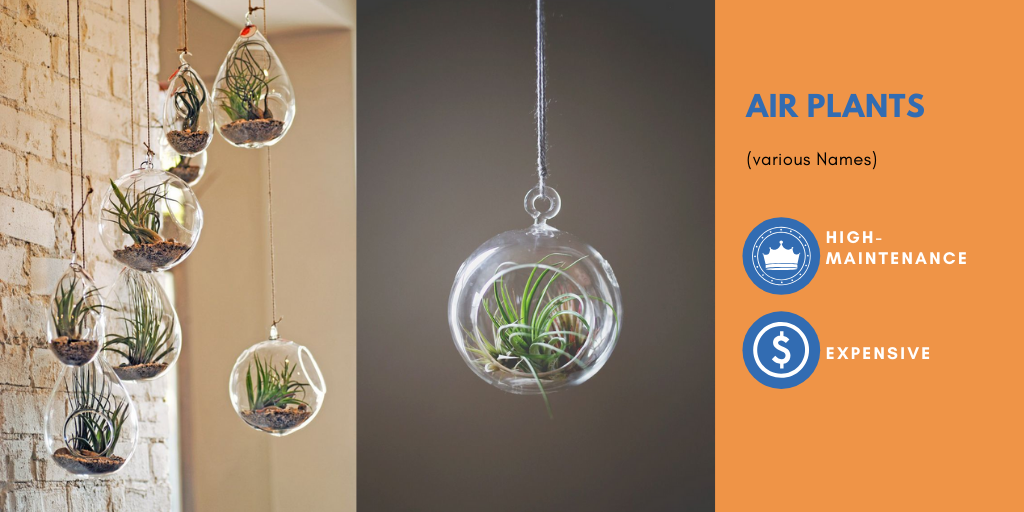
11. Air Plants
Key Issues: High maintenance, Expensive
Hanging plants is a trend that anyone with the time to do it might get on board with. So if you’re willing to go the extra mile (and have the extra cash) to decorate your home or office with them, know this: they will consume you — or your time, really. These types of plants require even more attention than plants not hanging from the ceiling, or any plant for that matter. They need bright sun, but indirect. They need to be soaked, but dried regularly. And in between these two, they require mist to thrive. Also, if you struggle with not-so-severe OCD and stress about things not being clean and tidy, air plants just won’t do. The glass that contains them will stain and most certainly you’ll find them dripping water onto the floor from time to time. Talk about high-priced maintenance!
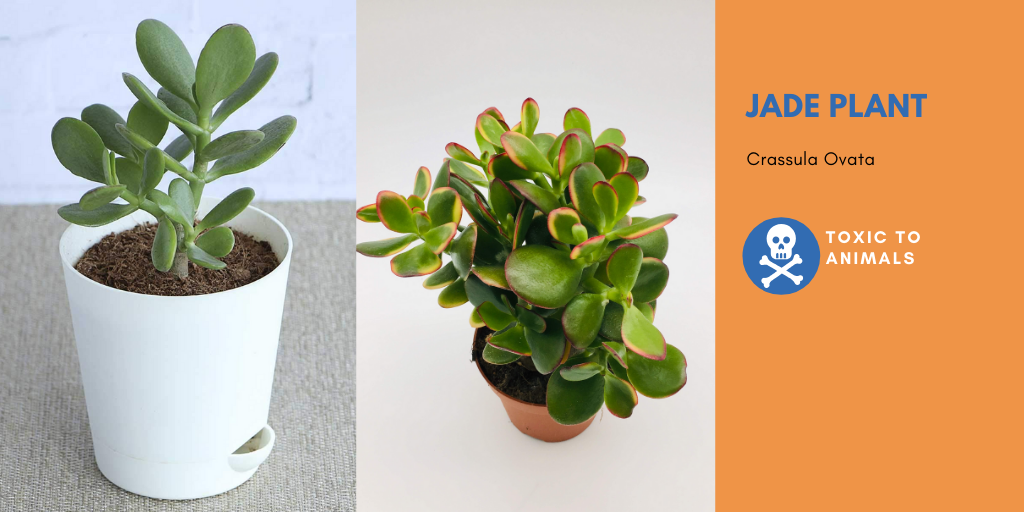
12. Jade Plant Crassula ovata
Key Issues: Toxic to animals
They will probably outlive you, first of all. They can live up to 100 years and are pretty hard to die off (so if you manage to kill it, rethink your newly-found plant-loving hobby). This is a great plant for beginners — unless you have pets. Your furry animals can suffer from vomiting, decreased heart rate, and depression.
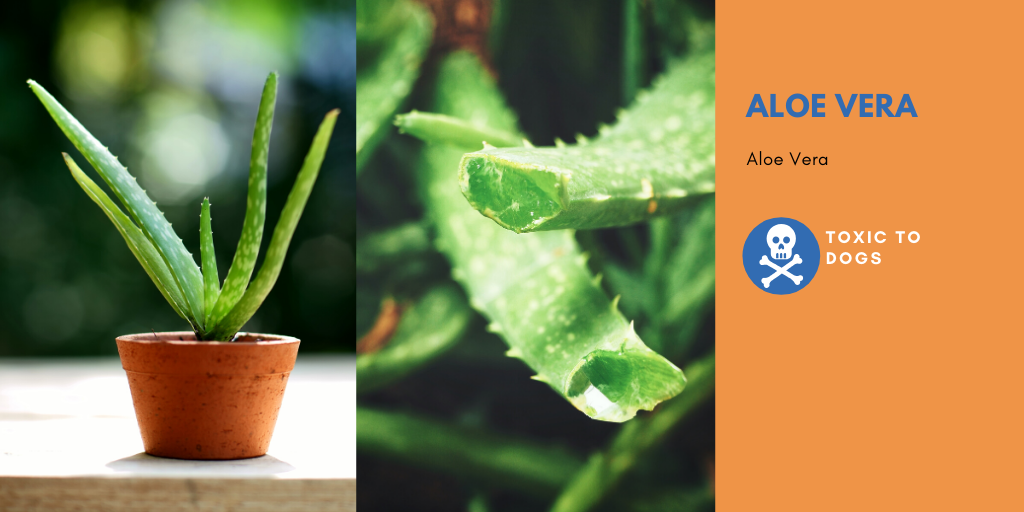
13. Aloe vera
Key Issues: Toxic to dogs
Its healing properties for humans are highly known. But if you have dogs, it’s best not to have them around, or at all. The gel inside them isn’t the problem, but other components of the plant can mess with your furry friend’s digestive system if it happens to ingest it.
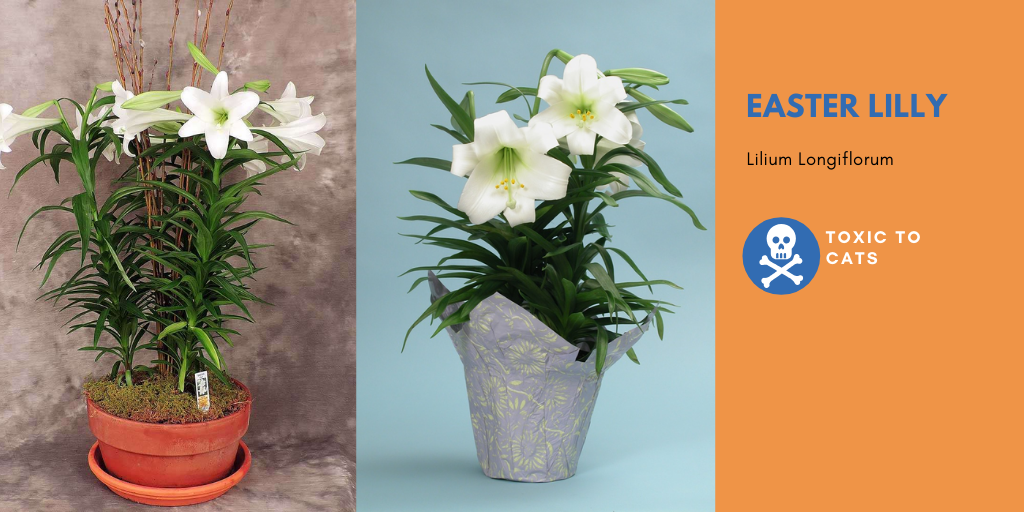
14. Easter Lily Lilium longiflorum
Key Issues: Toxic to cats
These elegant flowers will surely make many heads turn and delight those with a good sense of smell. But to cats, who are known to be curious, especially to newfound smells, things don’t turn out so great. You’ll most definitely find your feline friend experiencing vomiting, lethargy, kidney failure, or death if it’s ingested. In other words, they are a cat’s Kriptonite, as these are the only animals to have shown negative side effects to the presence of lilies.
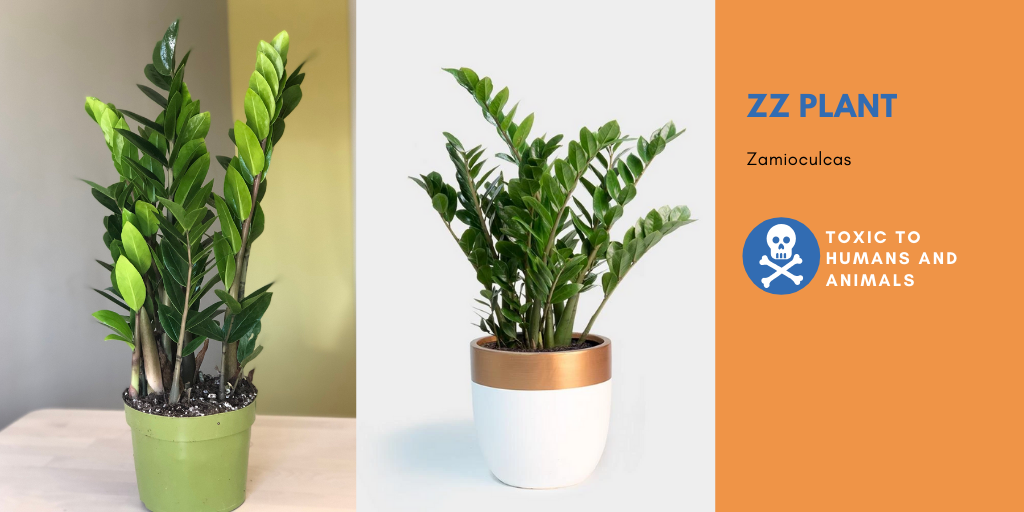
15. ZZ Plant Zamioculcas
Key Issues: Toxic to humans and animals
Another great plant for any beginner wanting to add more green to their home or office, especially because they last long and can tolerate neglect, even in low lighting situations. But there’s a big downside to it: it’s very poisonous. Yes, whenever you’re handling it, it’s recommended that you use gloves or any other protective material. Keep it away from toddlers and pets, as it can cause pain or burning sensations if ingested, or severe rashes by coming near it.
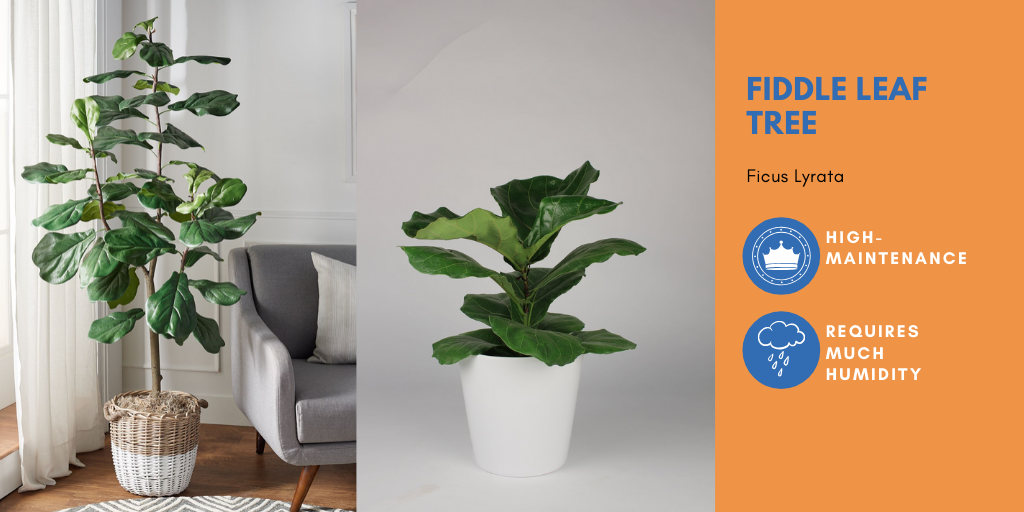
16. Fiddle-Leaf Trees Ficus lyrata
Key Issues: High maintenance, Requires humid environments
They call them trees even if they begin out small like plants because they can actually outgrow any space if taken care of.. delicately. I say “delicately” because these plants are one of the hardest to keep happy. They don’t like drafts, soil that is too wet, soil that is too dry, too much sun, not enough sun, dry air, or music past 8pm. Ok, that last one isn’t true, but unless your home or office is very humid or you can afford a humidifier to lay alongside this plant, best to stay away from it.
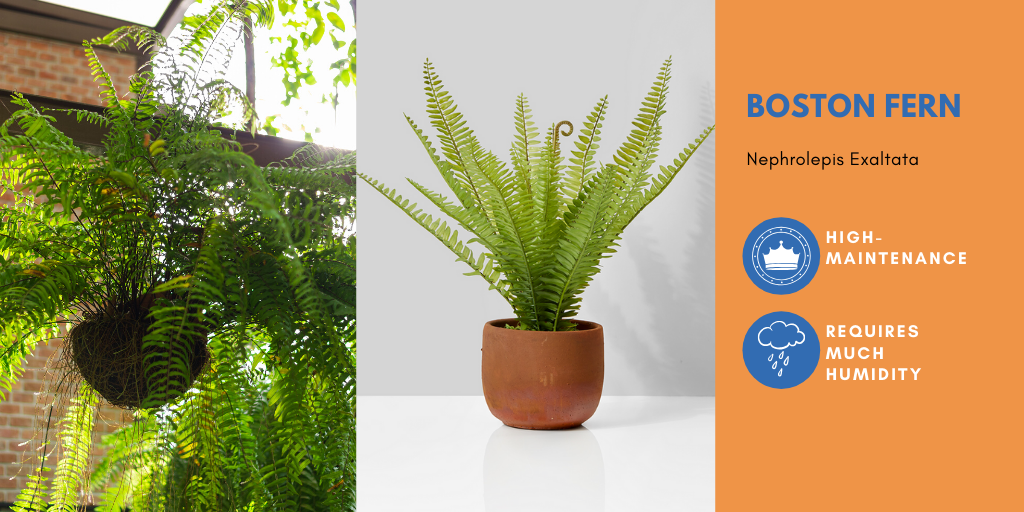
17. Boston Fern Nephrolepis exaltata
Key Issues: High maintenance, Requires humid environments
Another common addition to our list. These can be found in many indoor spaces, though on a personal note and experience, they seem kind of outdated and are also hard to please. They will immediately let you know when they’re not happy as their leaves will start to dry out and chip away, making a big mess (especially if they are hanging, where they are most typically found). But give them a try, they might just end up liking the way you care for them. If so, you can expect a beautiful and robust plant.
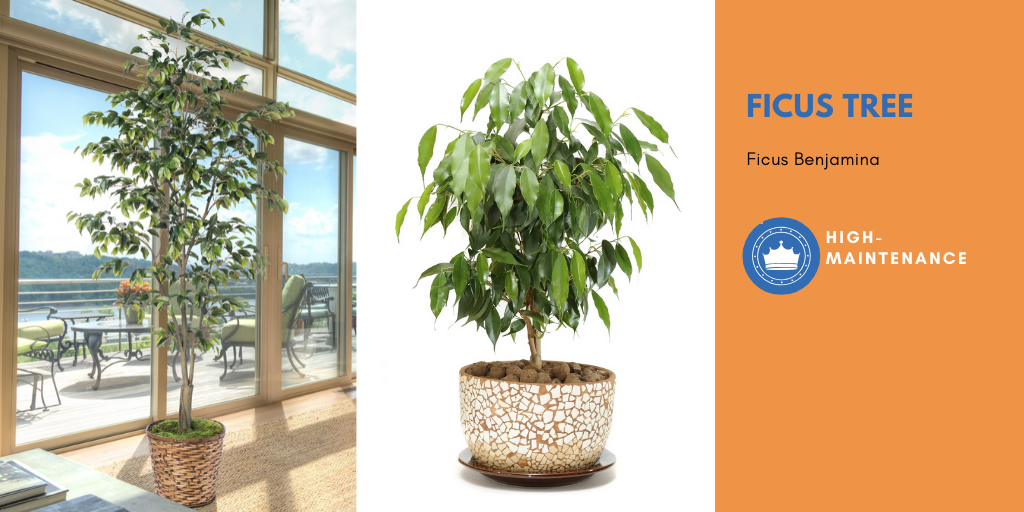
18. Ficus trees Ficus benjamina
Key Issues: High maintenance
Ficus trees are so common, yet so full of secrets. It still surprises me how these can be found indoors when really, they shouldn’t. That’s mainly because ficus trees are just that, trees — meaning they need (a lot) of underground space for their roots to grow, and if kept in small pots, it stunts their growth, they die, or they outgrow the pot. Just to give you an idea of how fiercely they can grow, if you plant one outdoors, special precautions must be taken so that their powerful roots don’t break underground pipes, the ground, or sidewalks. Apart from that, their waxy leaves pick up and collect a lot of dust, so you’ll find yourself buying special leaf cleaning products and wiping them down regularly to keep them bright and healthy.
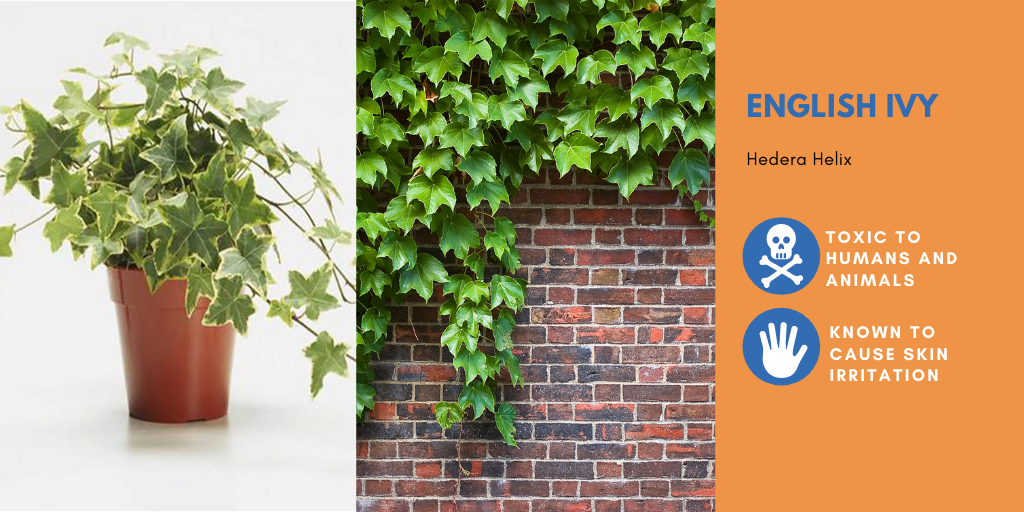
19. English Ivy Hedera helix
Key Issues: Toxic to humans and animals, Skin reactions
Otherwise known simply as Ivy, these plants won’t let you down — especially since they mainly go up, meaning they like climbing and sticking to walls. If this doesn’t bother you, go for it. Even though a mere 1 out of 10,000 people are allergic to them, Healthline warns that their leaves may cause skin reactions and when ingested by humans, can be mildly toxic. Animals and children may vomit, have diarrhea, or develop neurological conditions.
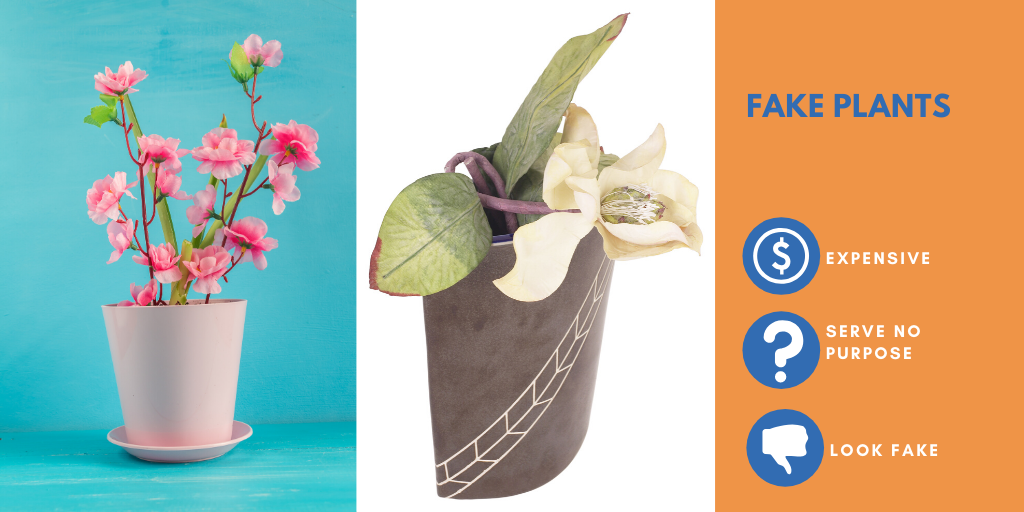
20. Fake Plants
Key Issues: Serve no purpose, Look fake, Expensive
Let’s be honest here, fake plants serve no purpose whatsoever and they’re usually much more expensive than real plants. They not only look fake, but also tend to collect massive amounts of dust and dirt, making their fakes leaves seem even fake-ier, if that makes any sense.
Overall, plants have multiple benefits and are widely being used to incentivize wellness at home, the office, and other indoor environments.
However, before you go on a plant shopping spree, do some research on which plants are best for specific environments and how much attention and care they will need. Know of any other indoor plants that I missed on this list? Tweet us at @allwork_space and we’ll add them on our next addition.


 Dr. Gleb Tsipursky – The Office Whisperer
Dr. Gleb Tsipursky – The Office Whisperer Nirit Cohen – WorkFutures
Nirit Cohen – WorkFutures Angela Howard – Culture Expert
Angela Howard – Culture Expert Drew Jones – Design & Innovation
Drew Jones – Design & Innovation Jonathan Price – CRE & Flex Expert
Jonathan Price – CRE & Flex Expert
